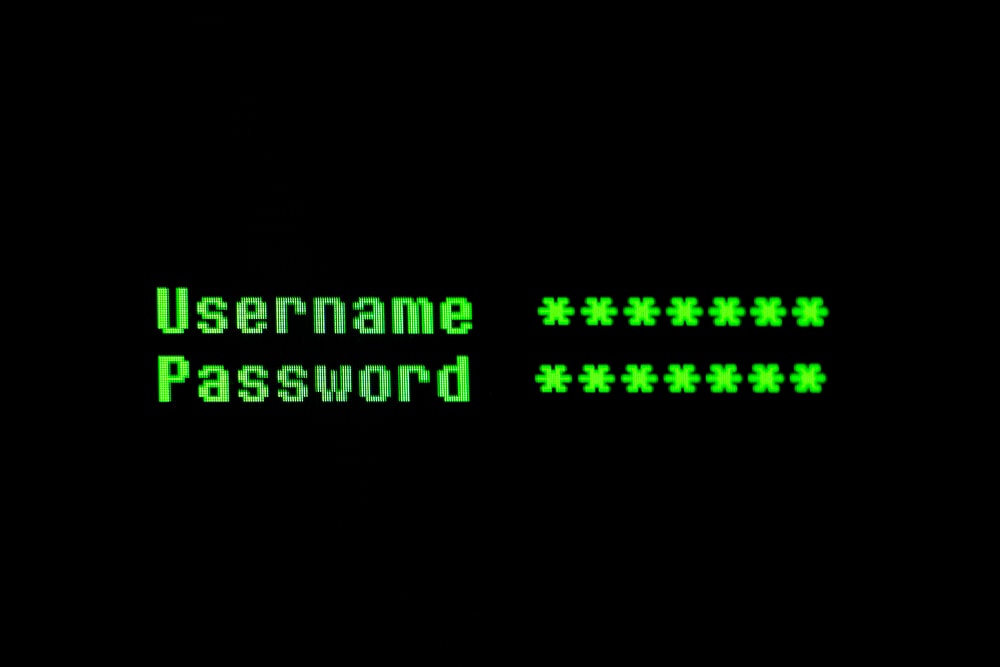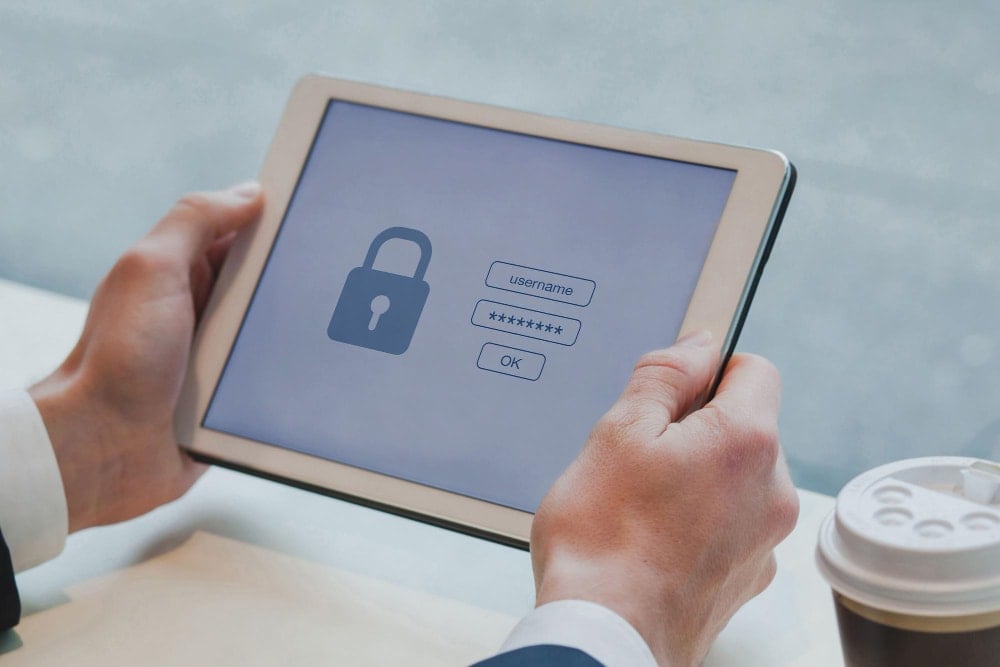As more Filipino households embrace digital life, the risks tied to online scams, identity theft, and stolen sensitive data are escalating.
From online shopping to social media profiles, and from playing games to managing online banking, nearly every aspect of daily life now involves digital platforms that require secure habits.
Ensuring internet security safety for families goes beyond installing antivirus software. It involves teaching children proper internet safety rules, protecting sensitive information on all devices, and using tools like a password manager to strengthen password protection across accounts online.
The internet itself is a powerful tool, but without safety measures, it can expose your family to major threats.
Internet Security Safety for Families
Just one phishing scam, malware download, or reused password can jeopardize your entire home network. In families where kids begin using mobile operating systems and web browsers at a young age, the exposure multiplies.
To improve internet security safety for families, start with the basics: use strong passwords for each login, install security software on all connected devices, and monitor what data your family shares.
Personal information—like bank details, social security numbers, or even a child’s school name—must be shielded from unauthorized access. Make sure your computer’s default settings are optimized for safety, and extend these habits across all platforms.
Implementing consistent internet safety rules across your household can make the internet safer for everyone. These protocols aren’t just for kids—they’re essential for every family member using connected devices.

Teach Children Early
Begin teaching kids about online safety from a young age. Explain how strangers online may try to trick them into revealing personal information.
Help them identify suspicious links, and emphasize that not every website is safe. Simple tips like asking an adult before clicking or sharing something online can go a long way.
Build Digital Trust Within the Family
Have regular conversations about what your children see or do online. Ask about the games they play or the people they interact with on social media. If they encounter suspicious activity or questionable websites, make sure they know to tell a trusted adult.

Limit Exposure on Social Media and Creating Public Profiles
Encourage each family member to secure their social media settings. Publicly sharing personal details—like birthdays, travel plans, or relatives’ names—can be exploited by scammers for identity theft or phishing scams. Geotagging and real-time posting also increase your risk.
Watch Out for Suspicious Links and Fake Websites
Online scams often start with a deceptive link. Hover over any URL before clicking to confirm that it matches the address bar and that the URL begins with “https://”. Fake websites may imitate real ones but include subtle spelling errors or suspicious formats designed to trick you into revealing login credentials.
Smart Password Habits
Passwords are your first line of defense. But too many people use the same password across multiple accounts and online accounts, increasing their vulnerability to cyberattacks.
Risks of Using the Same Password
If hackers crack one site, they may immediately gain access to your other accounts online, putting your financial information, social media profiles, and sensitive data at serious risk. This is why relying on the word “password” or obvious patterns is never safe.
Use a Password Manager With a Single Master Password
A password manager can generate and store a unique password for every account. All you need to remember is one strong master password—just one password to unlock access to all your unique credentials securely. This is especially helpful when managing multiple accounts for work, school, or household bills.

Create Strong Passwords With Unique Combinations
Avoid including personal information like names or birthdays in your passwords. Instead, use a mix of uppercase and lowercase letters, numbers, and symbols. Creating strong credentials is a good practice that improves password protection and helps avoid online scams.
Online Banking and Financial Protection
Online banking is convenient, but it comes with risks to your financial security. Cybercriminals specifically target these platforms to steal sensitive information like bank account numbers or social security numbers.
Enable Multifactor Authentication
Always enable multifactor authentication (MFA) on your financial accounts. Even if a scammer steals your password, MFA will prevent unauthorized access by requiring a second verification step, like a code sent to your mobile device.
Spot Phishing Scams and Fake Banking Websites
Scammers often use fake websites that mimic real banking portals. They send phishing emails asking you to “verify your account” via embedded links. Always type a bank’s URL directly into the address bar and verify the site before entering sensitive data.

Protect Bank Details and Sensitive Data
Never send financial information via email or messaging apps. Avoid entering login credentials or OTPs on unknown websites or when connected to public Wi-Fi.
These practices increase your exposure to identity theft. Install trusted security software across all your devices, including your main computer, to reduce vulnerabilities.
Online Safety Across Devices
Online safety isn’t limited to your computer. Mobile phones, tablets, smart TVs, and even home assistants are connected devices vulnerable to cyberattacks.
Install Security Software on All Connected Devices
Equip all your devices with updated antivirus and anti-malware software. Avoid apps that may install malware or access your files without permission. Firewalls and parental controls can also keep your family safer online.
Use the Latest Versions of Web Browsers and Mobile Operating Systems
Outdated software is a known entry point for hackers. Make sure all your devices run the latest versions of their operating systems and browsers. Set updates to automatic where possible. Keeping your software up to date helps protect your data and limits security risks.
Review Privacy Policies Before Sharing Personal Information
Before downloading new apps or registering on a site, review its privacy policies. Avoid granting unnecessary access to your camera, microphone, or location. This protects sensitive information and reduces your digital footprint.
Public Wi-Fi and Home Network Safety
Using public Wi-Fi while commuting or at cafés might feel convenient, but it’s one of the riskiest ways to go online.
Avoid Accessing Accounts on Public Wi-Fi
Never log into your online banking or any accounts that store sensitive information while on an unsecured network. Hackers can easily intercept your data. Public networks are especially dangerous when shopping, banking, or logging into social media.
Use a VPN for Safer Public Browsing
A VPN encrypts your connection, making it more secure—even on public Wi-Fi. This helps prevent snoopers from viewing your passwords, bank information, or browsing activity.

Secure Your Home Network and Monitor Connected Devices
Change your home network’s default settings, including the router password. Disable remote access if not needed.
Routinely check the list of connected devices and remove any unknown entries to keep your family safe. These small steps help protect all your devices—computer, mobile, and smart appliances alike.
Stay Alert to Online Scams and Update Software Regularly
Remain aware of the latest digital threats. Visit trusted tech or security blogs, and ensure all your security software and operating systems are up to date.
Being proactive is key to keeping your internet safer. Encourage each family member to follow these safety practices—especially kids, who are often less cautious when playing games or browsing.
Start today by applying these online safety tips. In the same way you lock your doors at night, safeguard your digital life.
With every secured login and informed family member, you’re making the internet safer for everyone at home.

Celebrate Life’s Milestones in Camella!
House and Lot & Condominium for Sale in the Philippines


